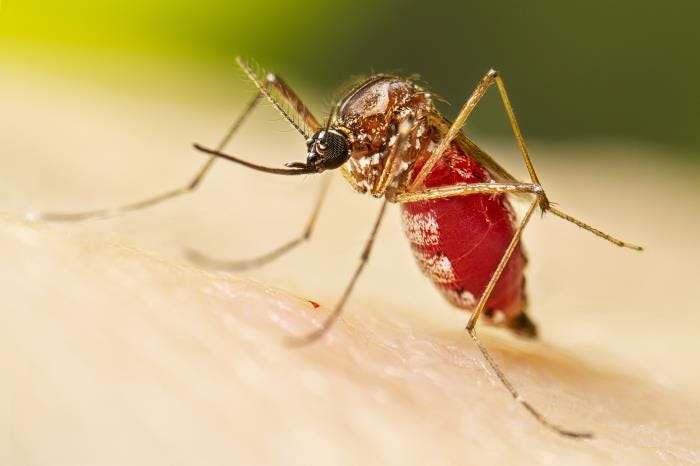Peru dengue cases in 2024 to date nearly three times higher as what was reported in 2023
In Peru, the National Center for Epidemiology, Disease Prevention and Control (CDC), from the Ministry of Health has reported 46,522 total dengue cases (27,637 confirmed and another 18,885 probable) in the first nine weeks of 2024.
The number of cases to date registered is an increase of 174.3% compared to the figure reached in the same period of 2023 (16,962)—nearly triple the cases.
In the last seven days, nearly 10,000 cases were reported.
According to the CDC, the majority of 2024 dengue cases have been reported in the following departments: La Libertad (9,178), Piura (6,763), Ica (6,412), Áncash (5,368), Lima (4,815), Lambayeque (2,670), San Martín (2,085), Loreto (1,852), Cusco (1,320) and Tumbes (1,198).
The number of fatalities has risen to 53, up from 44 last week.
Subscribe to Outbreak News TV on YouTube
The Minister of Health, César Henry Vásquez Sánchez, went to Lambayeque to coordinate dengue prevention and control actions with local and regional authorities.
He highlighted the coordination work that the central government has been carrying out with the different regional health directorates within the framework of actions to combat the disease.
Through Supreme Decree No. 004-2024-SA, dated February 28, the Government made official the declaration of a health emergency in 20 regions of the country, due to the increase in dengue cases.
Dengue is a disease caused by a virus spread through mosquito bites. The disease can take up to 2 weeks to develop with illness generally lasting less than a week.
Health effects from dengue include fever, headache, nausea, vomiting, rash, muscle and joint pain, and minor bleeding.
Dengue can become severe within a few hours. Severe dengue is a medical emergency, usually requiring hospitalization.
In severe cases, health effects can include hemorrhage (uncontrolled bleeding), shock (seriously low blood pressure), organ failure, and death.





